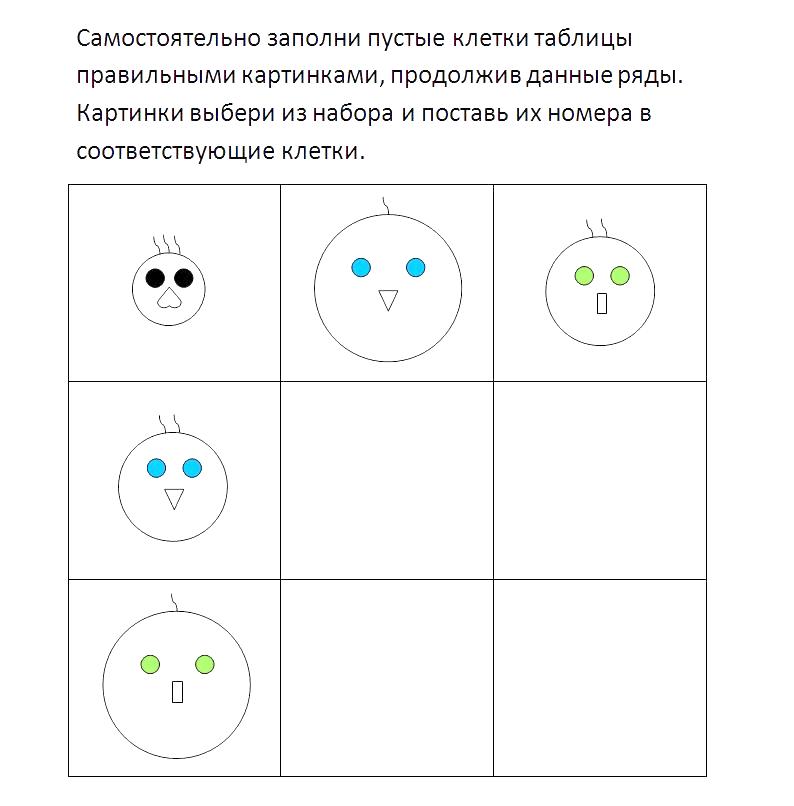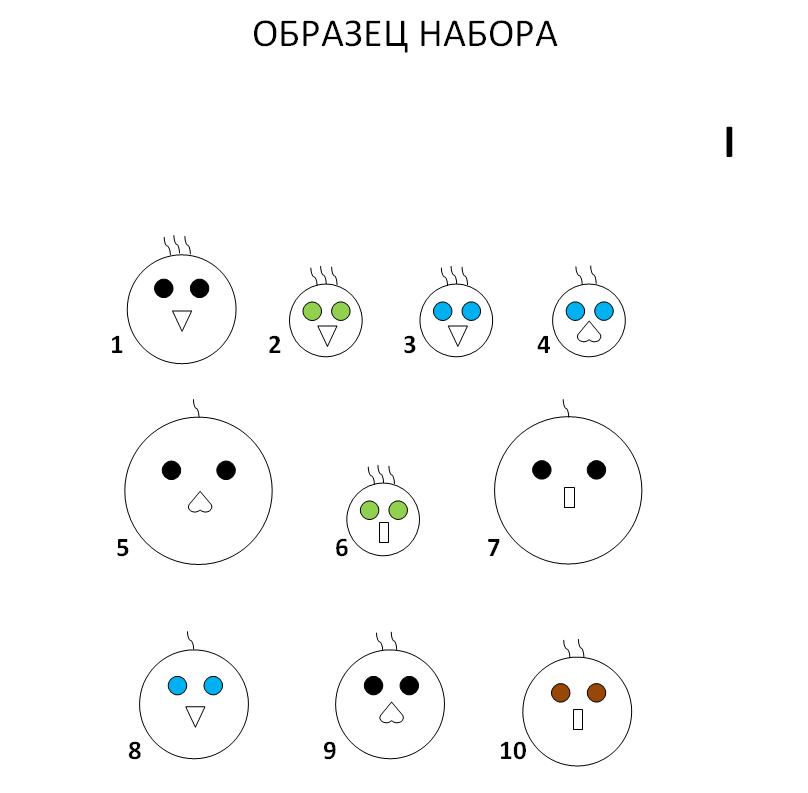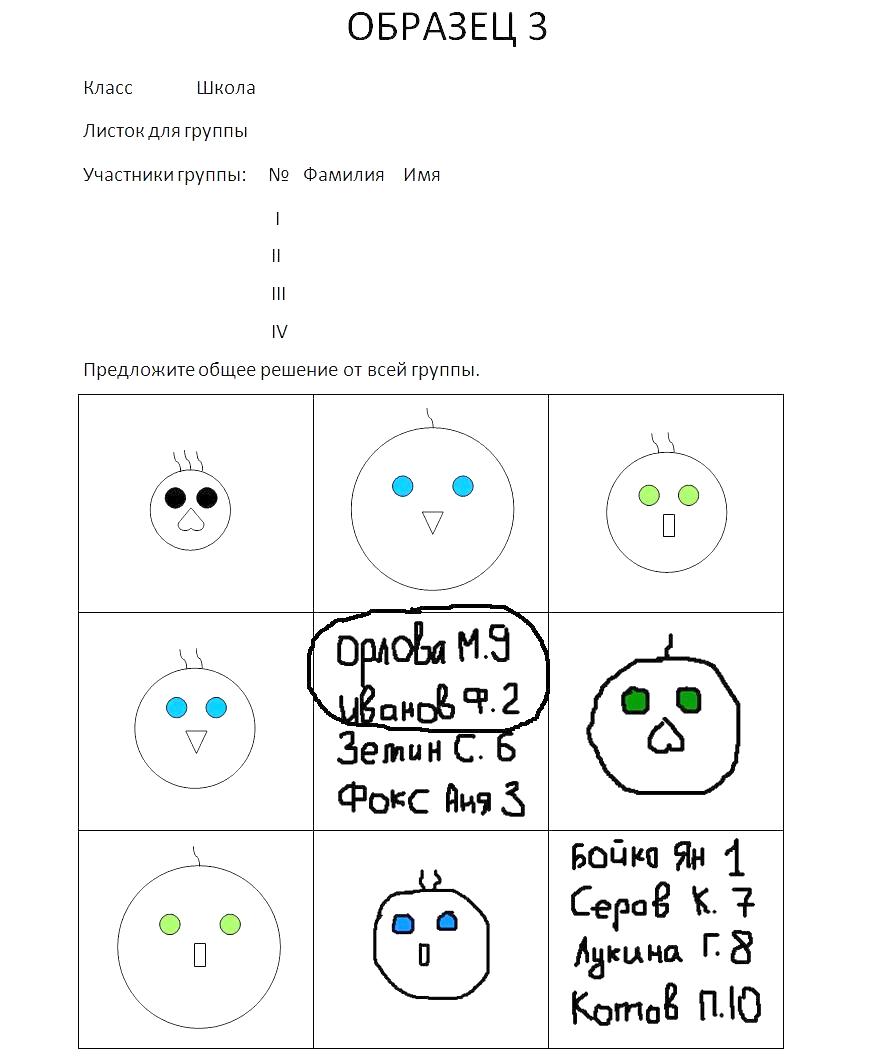Abstract
According to new educational standards effectiveness of joint problem solving is one of the main meta-subject results of primary school. Evaluation of this ability is the purpose of the study. The authors offer a description of the original diagnostic procedure "Conflict". It permits to evaluate the effectiveness of joint problem solving in the conditions of socio-cognitive conflict in comparison with individual results. The validity and reliability of the procedure are shown on a large sample (1202 junior school graduates, 305 groups). Schools with different educational environments are compared. Core curriculum and style of children and adults educational interactions are the main characteristics to differentiate the educational environments of schools. It is shown that in schools with “traditional” educational environment (core curriculum is aimed at reproductive memorization and formation of skills; and mainly individual work of students) the results of group work are only slightly superior to the individual results of problems’ solving. School with “developing” educational environment (organization of learning activity, problem solving and constant children-children and children-adults interactions) showed a significant increase in group problem solving results compared to the individual results. The conclusion is made about the need for specially organized teaching-learning activity as a source of meta-subject results.
Keywords: Joint problem solvingCognitive conflict taskDiagnostic procedureSchool educational environmentMeta-cognitive results of junior education
Introduction
In psychology there exist different approaches to understanding of the role of joint activity and group interactions in the education and development of children. According to Vygotskiy’s cultural-historical theory (Vygotskiy, 2005), the higher mental functions of the child have their genesis in joint activities. In studies that continue the tradition of cultural-historical theory (Garnier, Bednarz & Ulanovskaya, 1991, Gilly , 1989, Perre-Klermon , 1991, Rubtsov, 2005), the emphasis is on the idea that the origin of internal forms of learning activity is in the deployed forms of joint work of adults and students, the students themselves.
New educational standards for primary education have recently been adopted. For the first time, they present the requirements for the formation of meta-subject competencies in primary school, in particular, providing communication, the ability to cooperate and work in a group, to take into account the positions of partners, to overcome contradictions and resolve conflicts.
Problem Statement
Meta-subject results characterize the developmental effect of primary education. There are: learning to learn, the ability to solve creative problems, the formation of logical actions and operations, the ability to dialogue, the ability to resolve conflicts and overcome contradictions. Numerous domestic and foreign studies (Garnier, Bednarz &Ulanovskaya, 1991, Gilly, 1989, Meloth, 1999, Obukhova 2010, Perret-Klermon, 1991, Rubtsov, 1996, 2005, Tsukerman, 2000) are devoted to the ability of students to interact with peers and adults in the learning process. In these works it is revealed that the special organization of joint learning activity is an essential factor of effective learning. Well-organized collaboration leads both to the development of students ' relationships with adults and peers, expressed in the form of business cooperation, and contributes to the formation of such important educational activities as modeling, evaluation and self assessment, control.
For the development of thinking in general and, specifically, for the capacity to solve learning problems, the ability of a group of children to set a common goal, to agree on ways of action, to resolve a conflict constructively are particularly important.
Educational environments (Rubtsov & Ulanovskaya, 2010) differ in a large number of features. The main features are the content of curriculum, different ways of organization of teaching-learning process and different styles of interpersonal relations (among students and between students and teachers).
In a Russian school with a traditional educational environment, children mostly learn individually, solve a lot of specific practical tasks, in which skills are trained. In a school with a developing educational environment, based on the curriculum of D.Elkonin and V.Davydov (Davydov, 1972), an important method is a dialogue, and the involvement of students in joint activities. This school postulates the advantage of group and collective-distributed forms of organization of learning activity, involving interaction with both classmates and teacher, the inclusion of children in the collective discussion of learning problems. In this case, the main method is dialogue, communication in the classroom, during which students get involved in joint activities, learn to formulate their points of view, compare them and resolve contradictions. At the same time, communication in joint activities allows to unite its participants, to carry out mutual information of partners, to link them more closely with the search for a joint problem solution. Communicative parameters of interaction are a factor of efficiency of joint activity, providing its implementation and regulation by some set of strategies and methods.
The comparison of joint activity results between students of these two types of educational environments is one of the important goals of our study.
Research Questions
3.1. To create a diagnostic procedure that can permit to assess the quality of group interactions in a situation of joint problem solving when the problem provokes a cognitive conflict between the participants;
3.2. To assess the quality of group interactions in the traditional educational environment;
3.3. To assess the quality of group interactions in a school with a developing educational environment, based on the curriculum of D.Elkonin and V.Davydov (Davidov, 1972).
Purpose of the Study
The purpose of this work is to study the formation of joint actions among primary school graduates, and to find quantitative and qualitative characteristics of this process.
Another purpose is to prove connection between the quality of group interactions and the type of educational environment of the school.
Research Methods
The diagnostic procedure "Conflict" is worked out by Polivanova N., Rivina I. and Ulanovskaya I. (Ulanovskaya, 2015).
The procedure consists of two stages. At the first stage each student solves a special cognitive problem separately. At the second stage a group of four solves the same problem together.
The content of the cognitive problem is the addition of the four missing elements in the matrix, built according to a certain pattern. The matrix consists of 9 cells. Five cells are filled with elements (“faces”). Four cells are empty. At the first stage, each student must try to find out a pattern by himself and choose in the proposed set those elements that he considers to be appropriate. Each element in a set has its own number. The numbers of the selected elements must be put into the corresponding empty cells of the matrix.


The guaranteed mismatch of individual solutions is provided by a special methodical technique: in each set suitable for the solution elements have different numbers. Therefore, four members of the group solution always come to the second stage with different individual solutions.
At the second stage four participants must solve the problem together. They can use their individual results. If they find out common solution, they draw “a face” in an empty cell. If they disagree, they write their names and variants of solutions (numbers of elements from individual sets of elements).
Participants
The mass survey on this diagnostic procedure involved students of the 4-th classes of 42 Moscow schools, 1202 people (305 groups). The educational environment of these schools is traditional, i.e. they mainly use curricula focused on reproduction and repetition, and individual forms of work in the classroom. For comparison, two schools with specific characteristics of the educational environment were chosen. School 1-79 people (20 groups). The students of this school are carefully selected from different schools for highest subject achievements in primary school. But they have no experience of joint work. School 2-78 students (20 groups). At school 2, education is based on the Elkonin-Davydov learning activity theory. It means that students solve various learning problems in joint and group activity.
Measured variables
A choice of a correct element (adequate to a cell of the matrix) costs 1 point. Thus, for both individual and group stage, the minimum number of points is 0 (if no cell of the matrix is filled with the correct element), the maximum score is 4 (if all cells are filled with the correct missing elements).
For each of these three student samples the average accuracy of individual and group decisions was calculated. Averages, standard deviations and percentages of the maximum score in individual and group solutions were calculated. The significance of the differences in the compared samples of students was calculated using the cross-tabulation criterion.
Findings
The consistency of the group decision in a cognitive conflict problem is expressed in the development of a common position among all group members. In our diagnostic procedure high consistency is manifested in the fact that each cell of the matrix is filled with a missing element. That means that the whole group comes to one single decision. Partial consistency is manifested in the fact that children are divided into subgroups and offer different answers when filling the same cell. In some cases, group members produce a common response for some cells of the matrix, and have different decisions for other cells. The low degree of consistency (high level of conflict) in the group manifests itself in the presence of different responses from all group members or the lack of answers at all. Thus, if the group finds the right solution for all empty cells, it means that it has successfully coped with the conflict and effectively solved the problem.

We compared the effectiveness of individual and group solutions in the three described samples. The obtained data are presented in table
In a “traditional” school, students cope with an average of one solution out of four. The results of the “developing” educational environment are not much higher than those of a traditional school. Individual results in the school, where the children are chosen for their high school subject achievements, are almost twice as much as in traditional school.
The correctness of group decisions in schools 1 and 2 is almost twice as high as in traditional schools. At the same time, in school 2 the increase in the efficiency of group solutions (in comparison with individual ones) is several times higher than that in traditional schools. It actually reaches the level of high-performance group decisions in a school where capable children learn.
Conclusion
This diagnostic procedure “Conflict” allows to identify the nature of students interaction and the strategy and effectiveness of the group in the solving of cognitive conflict problems. It permits to differentiate groups of students on the criteria of this ability and to identify effective and non-effective strategies of children's behavior in a conflict situation.
The surveyed sample of students in the three groups of schools with different educational environments differ significantly in terms of the effectiveness of individual and group work. The biggest increase in the success of group solutions (compared to individual ones) was found in the school with “developing” environment.
In general, according to a mass sample of students of the fourth grade in Moscow schools, it was found that the ability to work together in a group in a socio-cognitive conflict is formed quite insufficiently. In most schools, students do not know how to interact constructively with their peers.
School educational environment should create conditions for different forms of students’ interactions and joint activity.
References
- Davidov V. V. (1972). Vidy obobscheniya v obuchenii. Moscow, Pedagogika.
- Garnier C., Bednarz N. & Ulanovskaya I. (Eds.) (1991). Apres Vygotski et Piaget. De Boeck Universite, Bruxelles.
- Gilly M. (1989). Remarques et reflexions a propos de didactique et de conflict socio-cognitif. In Construction des savoirs (pp. 51-68). Ottawa.
- Meloth M.S. & Deering P.D. (1999). The role of the teacher in promoting cognitive processing during collaborative learning. In A. O’Donnel, A. King (eds.) Cognitive perspectives on peer learning (p.p. 235-255). Mahwah, N.J.
- Obukhova L. (2010). Sociokognitivniy podhod k issledovaniyu intellektualynogo pazvitiya rebenka. Psyhologo-pedagogicheskiye issledovaniya. 5. Retrieved from http://psyedu.ru/journal/2010/5/Obuhova.phtml
- Perre-Klermon A. (1991). Rol socialnih vzaimodeystviy v razvitii intellect detey. Moscow, Pedagogika.
- Rubtsov V. (1996). Kommunikativno-orientirovannye obrazovatel'nye sredy. Psikhologiia proektirovaniia. Moscow: Ven-Mer.
- Rubtsov V. (2005). Sotsial'nye vzaimodeistviia i obuchenie: kul'turno-istoricheskii kontekst. Kul'turno-istoricheskaia psikhologiia, 1. 14-24.
- Rubtsov V. & Ulanovskaya I. (eds). (2010). Tekhnologiya otsenki obrazovatelnoy sredy shkoly. Moscow
- Tsukerman G.A. (2000). Kak mladshie shkol'niki uchatsia uchit'sia. M.- Riga: Pedagogicheskii tsentr «Eksperiment».
- Ulanovskaya I. (ed.). (2015). Otsenka metapredmetnih kompetentsiy vypusknikov nachalnoy shkoly. Moscow.
- Vygotski L. (2005).Psyhologiya razvitiya cheloveka. Moscow. Smysl.
Copyright information

This work is licensed under a Creative Commons Attribution-NonCommercial-NoDerivatives 4.0 International License.
About this article
Publication Date
23 November 2018
Article Doi
eBook ISBN
978-1-80296-048-8
Publisher
Future Academy
Volume
49
Print ISBN (optional)
-
Edition Number
1st Edition
Pages
1-840
Subjects
Educational psychology, child psychology, developmental psychology, cognitive psychology
Cite this article as:
Ulanovskaya, I., & Rivina, I. (2018). Joint Problem Solving In Different Educational Environments. In S. Malykh, & E. Nikulchev (Eds.), Psychology and Education - ICPE 2018, vol 49. European Proceedings of Social and Behavioural Sciences (pp. 706-713). Future Academy. https://doi.org/10.15405/epsbs.2018.11.02.82

